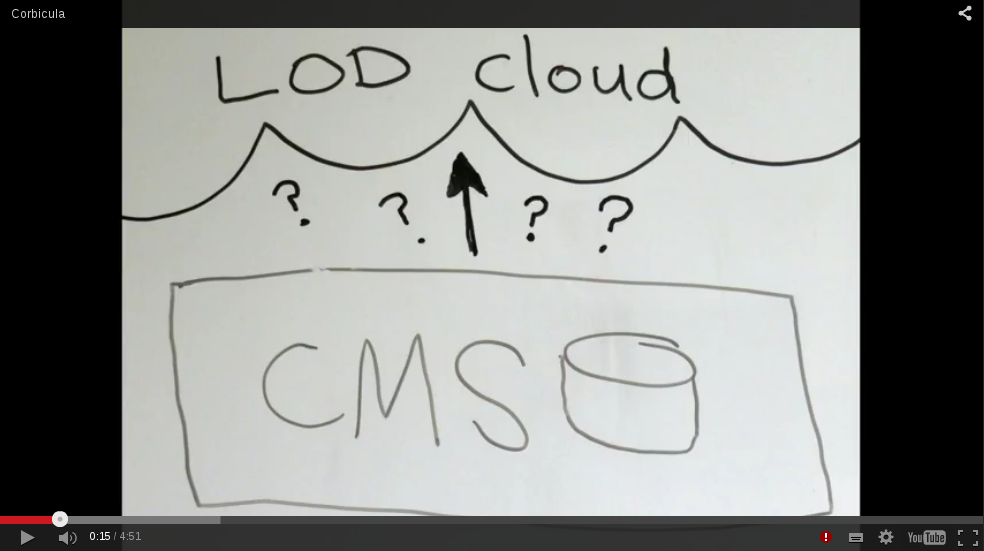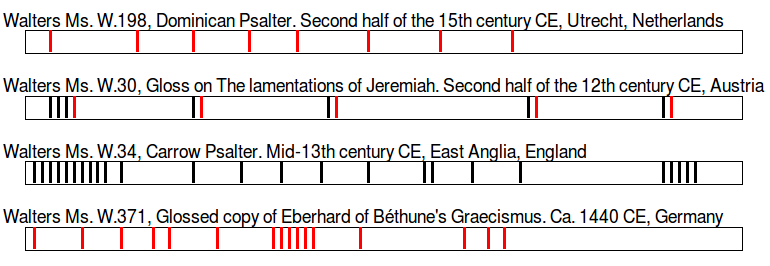I’ve been doing some work recently (for a couple of different clients) with Zotero, the popular reference management software. I’ve always been a big fan of the product. It has a number of great features, including the fact that it integrates with users’ browsers, and can read metadata out of web pages, PDF files, linked data, and a whole bunch of APIs.
One especially nice feature of Zotero is that you can use it to collaborate with a group of people on a shared library of data which is stored in the cloud and synchronized to the devices of the group members.
Continue reading Zotero, Web APIs, and data formats



